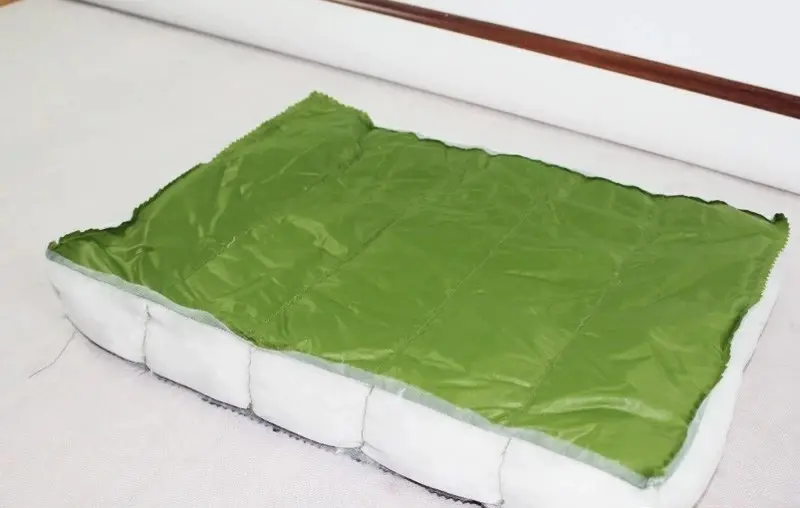Loft Size vs Down Fill Weight: Key Factors for Optimal Sleeping Bag Insulation
1. What is Loft Size in Sleeping Bags?
Loft refers to the internal structure of a sleeping bag that holds the down filling in place. This structure is typically designed with baffles (or compartments) sewn into the fabric, which prevent the down from shifting or sinking. These chambers ensure that the insulation is evenly distributed, maintaining the sleeping bag’s warmth.
2. Loft Size and Its Effect on Insulation
Loft size, also known as baffle height, plays a crucial role in the sleeping bag’s thermal performance. A larger loft size provides more space for down to expand, resulting in better insulation. When the loft size is too small, the down gets compressed, reducing its ability to trap heat and lowering the bag’s thermal efficiency.
3. What is Down Fill Weight?
Down fill weight refers to the amount of down used in a sleeping bag, typically measured in grams per square meter. A higher down fill weight indicates more down insulation, enhancing the sleeping bag’s thermal performance. The quality of the down also plays a significant role. For instance, high-quality down with better fill power results in superior insulation compared to lower-quality down of the same weight.
4. The Relationship Between Loft Size and Down Fill Weight
Matching Loft Size and Down Fill Weight: To achieve optimal insulation, the loft size and down fill weight must be well-matched. A larger loft allows the down to expand fully, providing superior warmth. If the loft size is too small, the down will be compressed and unable to provide adequate insulation.
Balancing Insulation and Fill Weight: If a sleeping bag features a large loft size but a small down fill weight, the additional space may not necessarily improve insulation. The combination of a higher down fill weight and a sufficiently large loft size will maximize the sleeping bag’s thermal performance.


Example: Loft Size and Down Fill Weight in Different Seasons
- For Spring and Autumn: Lighter sleeping bags with down fill weights around 300g to 500g and a smaller loft size are typically sufficient for moderate temperatures.
- For Winter: In cold weather, sleeping bags may use 700g to 1000g of down or more, combined with larger loft sizes, to provide the necessary warmth in freezing conditions.
Conclusion
To achieve the best insulation, loft size and down fill weight must work in tandem. A larger loft requires more down to ensure warmth, and when the down fill weight is too light, even a large loft may not deliver the desired thermal performance. By balancing both factors, you can ensure your sleeping bag is both lightweight and warm, suitable for your outdoor adventures.

